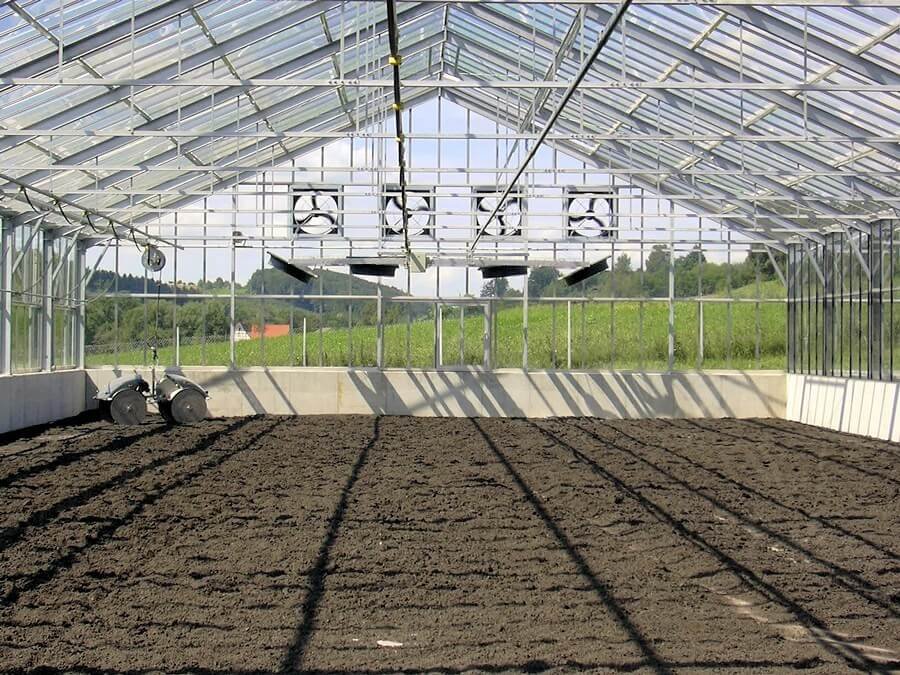
Chitosan-based Water Treatment

In recent years, there has been a growing interest in finding innovative and sustainable solutions to address water pollution and scarcity. One of the emerging technologies in this field is the use of chitosan-based materials for water treatment. Chitosan is a biopolymer derived from the shells of crustaceans such as shrimp and crabs, and it has gained attention for its unique properties that make it an effective tool for removing contaminants from water.
Chitosan has several advantages that make it a promising material for water treatment applications. It is biodegradable, non-toxic, and readily available as a byproduct of the seafood industry. Additionally, chitosan has a high adsorption capacity for a wide range of pollutants, including heavy metals, dyes, and organic compounds. These properties make chitosan a versatile material that can be used for various water treatment processes, such as adsorption, filtration, and flocculation.
One of the main mechanisms by which chitosan removes contaminants from water is adsorption. Chitosan has a high surface area and a positive charge, which allows it to attract and bind negatively charged pollutants through electrostatic interactions. This adsorption process is highly effective for removing heavy metals such as lead, cadmium, and mercury, as well as organic compounds like dyes and pesticides. Studies have shown that chitosan can remove up to 90% of heavy metals from contaminated water, making it a promising alternative to conventional treatment methods.
In addition to adsorption, chitosan can also be used for filtration and flocculation processes in water treatment. Chitosan particles can be embedded in membranes or filter media to capture contaminants as water passes through the system. This method is particularly effective for removing suspended solids, bacteria, and viruses from water. Chitosan can also be used as a flocculant to agglomerate fine particles and impurities, allowing them to settle out of the water and be easily removed.
Another key benefit of chitosan-based water treatment is its ability to regenerate and reuse the material. Chitosan can be regenerated by washing it with a mild acid or base solution, which removes the adsorbed contaminants and restores its adsorption capacity. This regeneration process allows chitosan to be used multiple times, making it a cost-effective option for water treatment applications.
Chitosan-based materials have been successfully used in various water treatment applications, including industrial wastewater treatment, drinking water purification, and agricultural runoff remediation. In industrial settings, chitosan has been used to remove heavy metals and organic contaminants from wastewater generated by mining, metal finishing, and textile industries. In drinking water treatment, chitosan has been used to remove pathogens, turbidity, and color from water sources. In agriculture, chitosan has been used to reduce pesticide runoff and improve soil and water quality.
Despite the many benefits of chitosan-based water treatment, there are some challenges and limitations to consider. One of the main challenges is the cost of chitosan production, as it currently relies on the seafood industry for a steady supply of raw material. However, researchers are exploring alternative sources of chitosan, such as fungal biomass and waste from mushroom cultivation, to make the production process more sustainable and cost-effective.
Another challenge is the need for further research to optimize the design and performance of chitosan-based water treatment systems. Factors such as chitosan particle size, surface modification, and immobilization techniques can all affect the efficiency and effectiveness of the treatment process. More studies are needed to understand the mechanisms of chitosan adsorption and to develop new materials and technologies for water treatment.
In conclusion, chitosan-based water treatment is a promising technology that offers a sustainable and effective solution for addressing water pollution and scarcity. Chitosan’s unique properties make it a versatile material that can be used for adsorption, filtration, and flocculation processes to remove a wide range of contaminants from water. With further research and development, chitosan-based water treatment has the potential to become a valuable tool for ensuring access to clean and safe water sources for future generations.
